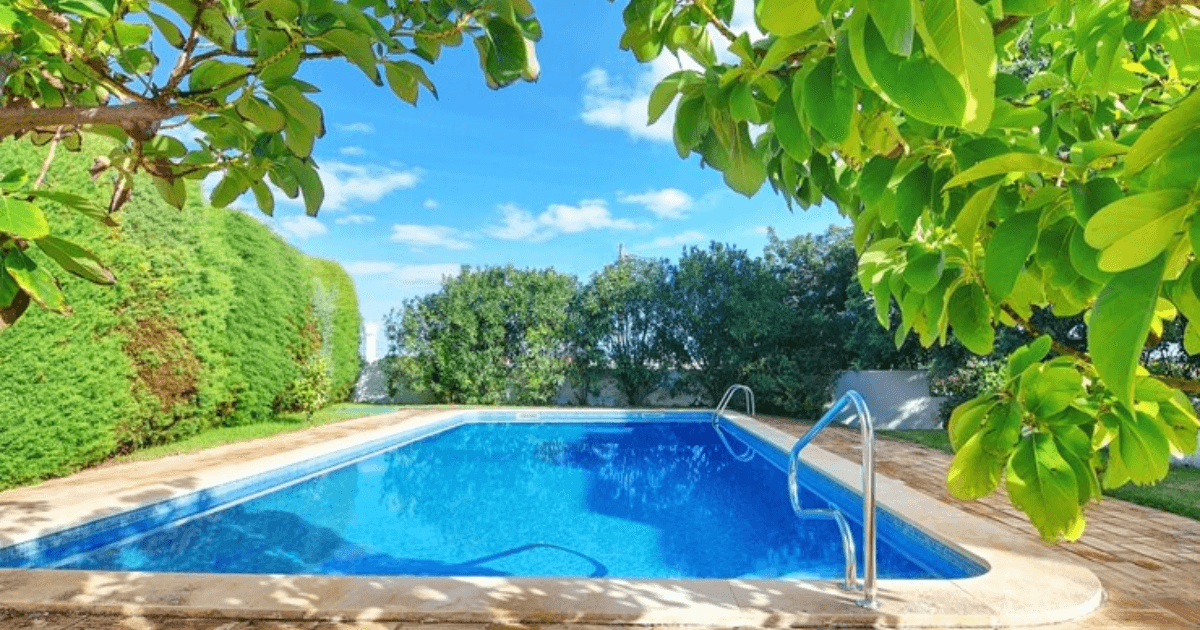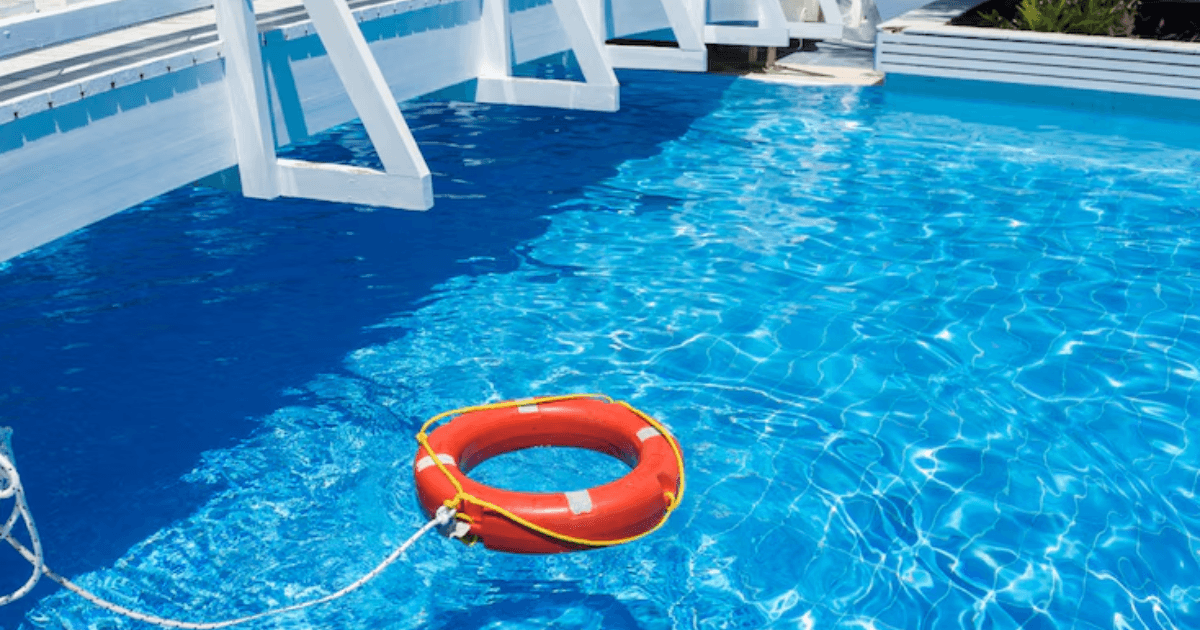Introduction
Do you know? More than 70% of electrical accidents that occur in pools result from poor wiring. It’s not just a stat. It’s a serious wake-up call. Rewiring or installing the lighting in a pool might appear like an easy task, but if performed incorrectly, it could be a risk you can not afford to overlook. It’s not about fancy equipment or complex methods. It’s about knowing the basics and applying them correctly. A safe swimming light isn’t just functional; it’s peace of mind for you and your family. In this article, we’ll break everything into steps. From selecting the appropriate wiring materials to properly grounding your connections, you will learn how to wire your pool light like a pro. So, get your toolkit, and let’s begin!
Materials and Tools Needed
Gathering all the required tools and supplies guarantees a safe and effective setup and helps you start the installation process. Here is a thorough list of all the materials and tools you will need:

Step-by-Step Installation Guide
1. Turn Off Power
Before even thinking about doing anything, turn off the power source for your pool’s lighting circuit. This is a must-do step because it’s all about security! Find the dedicated circuit breaker panel, and turn off the breaker for your pool light fixture. To be sure, use a voltage tester for safety to ensure that no electricity is flowing through lighting fixtures. Always double-check. This step will ensure your safety.
2. Drain Water Below the Light
Then, lower the level of water in your pool so that it can be viewed from the space where the lighting is located. Submersible pumps or the built-in drainage system of your pool could assist here. The water should be lowered just enough to ensure that the pool light fixture is dry. It is not necessary to drain the entire pool! The area that you work in dry will prevent any unnecessary dangers and make the installation process more straightforward.
3. Connect the Light’s Ground Wire to the Pool’s Grounding System
The grounding system provides the safety of electrical energy by redirecting dangerous currents to the ground. Find the grounding connection in the junction box for your pool. Connect the light’s ground cable to it. Check that the connection is strong without corrosion. Make use of an electrical connector that is waterproof to make sure the connection is sealed. This will prevent moisture from affecting the wiring. It’s important to remember that grounding isn’t only a technicality; it’s a life-saving feature.
4. Secure the Fixture
When the wiring is done, it’s time to put up the lighting fixture. Set it up in the niche on the wall in front of the pool and ensure it is snug. Make use of the clips or screws supplied with the fixture to hold it securely. Try to shake it a bit to make sure there’s no wobble. The fixture must be able to withstand the force of water and constant use. Make sure the gasket is in good condition to stop water from getting in the fixture. Make sure that everything is tight, but be careful not to excessive tightening, which can damage the screws or the fixture.
5. Restore Power Safely
When the light is placed, fill the pool to the normal water level. Return to your circuit breaker panel to restart the power. When the breaker is switched on, check the light to confirm that it’s working correctly. If it’s not lit, then turn off the power and check the connections. If all is fine, you can enjoy your beautifully lit pool!
Safety Precautions
To install a pool light safely with a ground wire, it’s essential to follow the proper safety steps correctly. The first step is to turn off the power before touching any electrical parts. This may seem obvious, but it is essential. Always use a reliable multimeter or voltage tester to check that there is no voltage after turning off the power. This simple check can prevent accidental shocks. It’s also important to know your local rules and guidelines. Each area has specific electrical codes for safety, especially for pool lighting. Following these rules keeps you safe and legal. Using a Ground Fault Circuit Interrupter (GFCI) is essential when installing pool lights. A GFCI cuts off the electrical circuit if it detects electricity flowing in an unexpected way, such as through water or a person. This is especially important in wet areas like pools.
Upgrading to LED Lights
If you’re thinking about an upgrade, LED pool lights can provide significant advantages. They use up to 75% less energy than standard pool lights; LED lights are well-known for their energy economy. Your power expenses will be significantly lowered as a result. Furthermore, compared to the 5,000 hours you might expect from conventional bulbs, LED lights have a far longer lifespan, often 25,000 hours. Modern pool lighting finds this longevity to be affordable and environmentally friendly since it lowers the frequency of replacements.

Troubleshooting Common Issues
Problems with lighting in the pool can be a source of frustration. One of the most common issues is when the light doesn’t be lit. To begin, determine whether the GFCI has been tripped and whether the power supply is turned on. If you find that the GFCI has been tripped, it might be a grounding problem or moisture in the area. Also, check for corroded or loose wires inside the junction box or lighting fixture. If the light bulb is dated, then it may need replacement. If you’ve tried these suggestions but the light still does not function, it could be time to contact an expert. More complicated electrical issues may result in simple matters. Even though DIY work can be enjoyable, working with electricity near water can be risky. Always prioritize safety. If you’re uncertain about the procedure in any way, do not hesitate to call an experienced electrician to help with lighting your pool. This will ensure that your swimming pool remains a secure and enjoyable area of your property for many enjoyable evenings under the stars.
Conclusion
Installing a light in your pool with a safe electrical grounding wire is vital to ensure that your swimming pool is safe for your family. Following our procedures from planning to testing, you’ll be sure that the lighting for your pool has been installed correctly. Make sure to connect your lights to the ground and install a GFCI to avoid accidents. If you have questions regarding the installation, speak to an expert. Safety is first. Additionally, switching to LED lighting can lower energy consumption and the cost of maintenance in the long run. Adequately installed lighting for the pool doesn’t just offer light; it also provides a comfortable and safe area for a night of fun. If you’re a DIY enthusiast or a novice, installing this guideline can help you make a huge difference. Enjoy the lighting of your pool and remain secure!
Frequently Asked Questions
1. How do you install a pool light with safety ground wire?
Turn off the power, drain the water below the light, connect the light’s ground wire to the pool’s grounding system, secure the fixture, and restore power safely.
2. Does a pool light need to be grounded?
Yes, pool lights must be grounded to avoid electrical hazards.
3. How do you connect a ground wire to a light?
Attach the ground wire to the light’s metal frame or the designated ground terminal.
4. How do you seal pool light wire?
Use waterproof wire connectors and seal with silicone to protect the wire.
5. How do pool lights not shock you?
Pool lights are built with insulation, grounding, and proper wiring, ensuring effective electrical shock prevention.






